Cooler Master V750 PSU Review
Cooler Master recently updated its lower-capacity V series, and today we take a look at the V750. This unit features 80 PLUS Gold efficiency, fully modular cabling and very small dimensions, which put it up against the SilverStone ST75F-GS V2.
Why you can trust Tom's Hardware
Ripple Measurements
To learn how we measure ripple, please click here.
The following table includes the ripple levels we measured from the V750. The limits, according to the ATX specification, are 120mV (+12V) and 50mV (5V, 3.3V and 5VSB).
| Test | 12V | 5V | 3.3V | 5VSB | Pass/Fail |
|---|---|---|---|---|---|
| 10% Load | 11.6mV | 5.1mV | 11.4mV | 4.5mV | Pass |
| 20% Load | 15.1mV | 5.9mV | 12.2mV | 5.8mV | Pass |
| 30% Load | 18.7mV | 6.7mV | 13.2mV | 5.8mV | Pass |
| 40% Load | 22.4mV | 7.1mV | 15.0mV | 6.7mV | Pass |
| 50% Load | 26.6mV | 8.2mV | 15.3mV | 7.2mV | Pass |
| 60% Load | 25.6mV | 7.8mV | 17.1mV | 7.3mV | Pass |
| 70% Load | 29.0mV | 9.1mV | 19.5mV | 8.5mV | Pass |
| 80% Load | 31.3mV | 10.2mV | 20.7mV | 9.3mV | Pass |
| 90% Load | 34.1mV | 11.5mV | 22.4mV | 10.2mV | Pass |
| 100% Load | 37.6mV | 13.6mV | 24.3mV | 11.5mV | Pass |
| 110% Load | 41.7mV | 14.8mV | 26.3mV | 12.4mV | Pass |
| Cross-Load 1 | 15.6mV | 7.3mV | 14.7mV | 5.1mV | Pass |
| Cross-Load 2 | 37.1mV | 13.4mV | 24.2mV | 10.4mV | Pass |
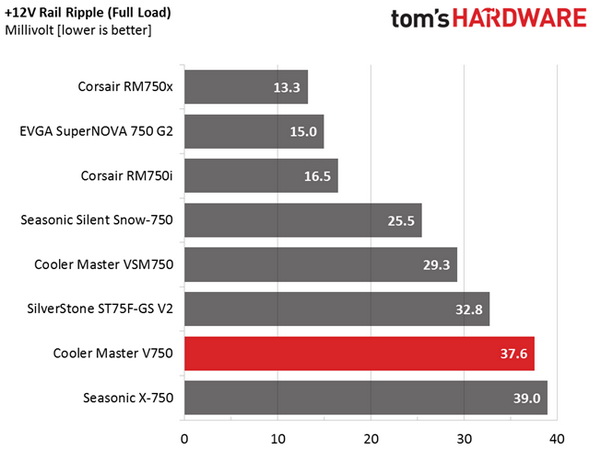
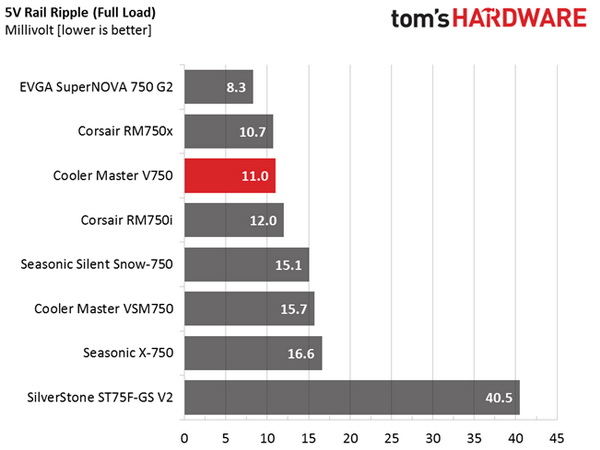

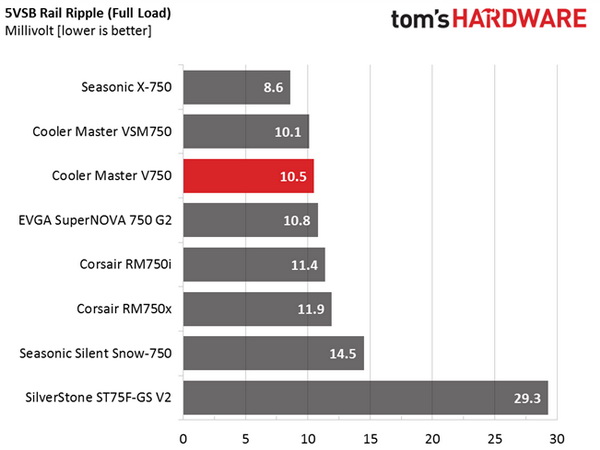
Ripple suppression at +12V is good, although it doesn't match Super Flower's implementations. The 5V and 5VSB rails are ripple-proof, while the 3.3V rail has fairly good ripple suppression (worst case, it barely exceeds half of the limit).
All in all, this Enhance platform has good ripple suppression, despite its compact measurements. Small dimensions mean crowded components and not enough space for extra ripple filtering capacitors. Here, though, Enhance's design works well. On the contrary, Sirfa had trouble suppressing the ripple on the outputs of its ST75F-GS V2, which is the same size.
Ripple Oscilloscope Screenshots
The following oscilloscope screenshots illustrate the AC ripple and noise registered on the main rails (+12V, 5V, 3.3V and 5VSB). The bigger the fluctuations on the screen, the bigger the ripple/noise. We set 0.01V/Div (each vertical division/box equals 0.01V) as the standard for all measurements.
Ripple At Full Load

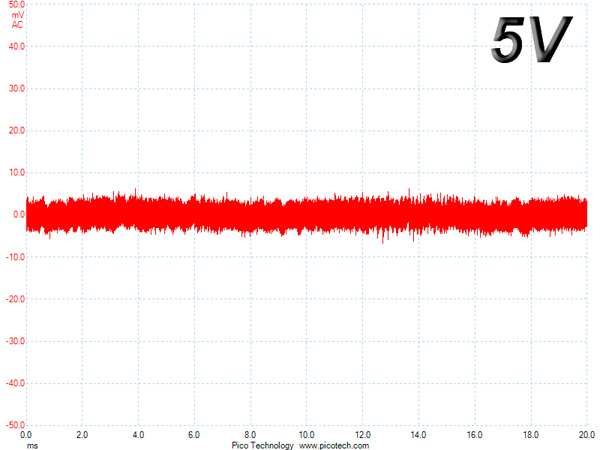
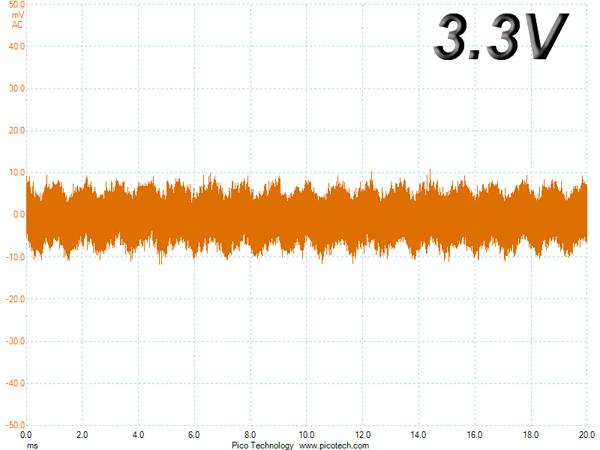
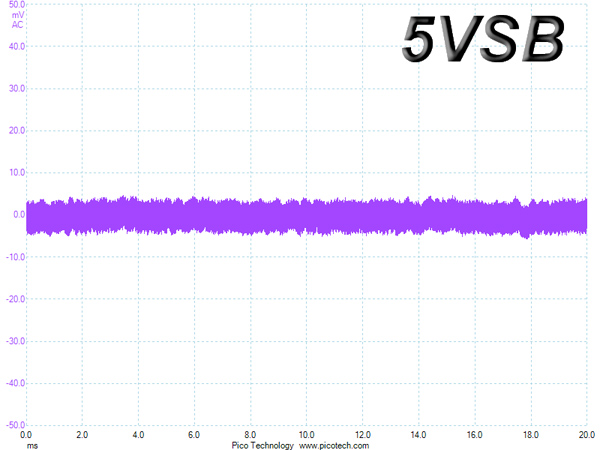
Ripple At 110-Percent Load

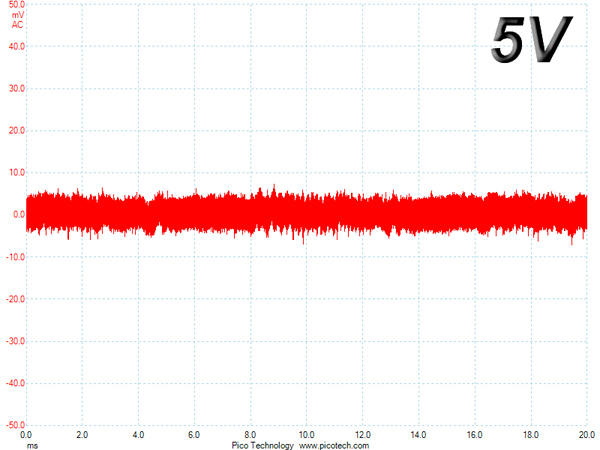
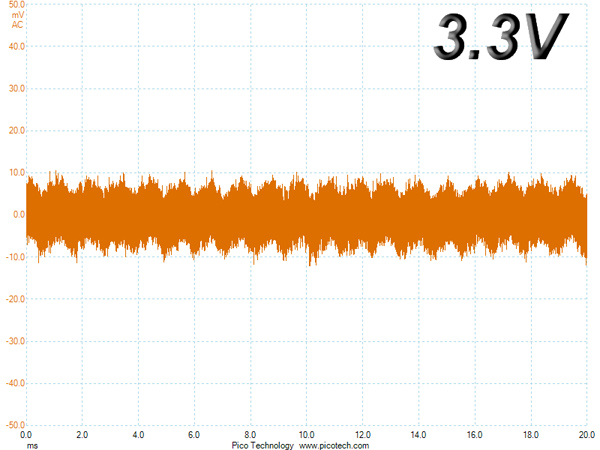
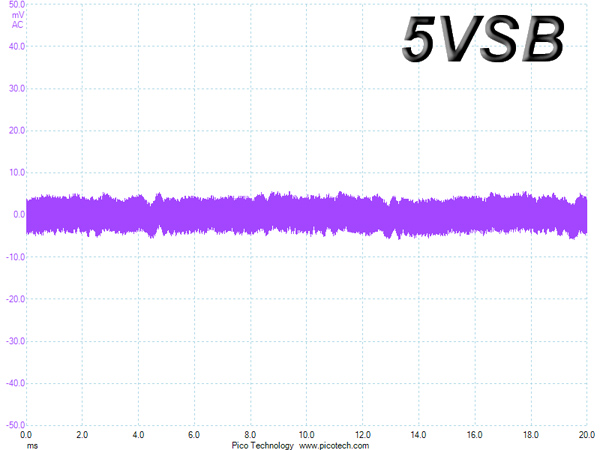
Ripple At Cross-Load 1

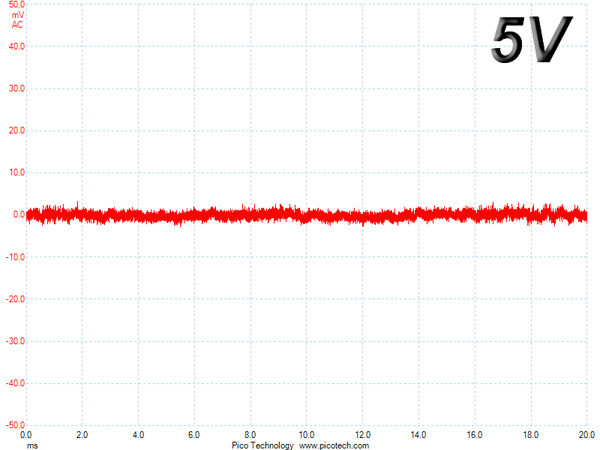
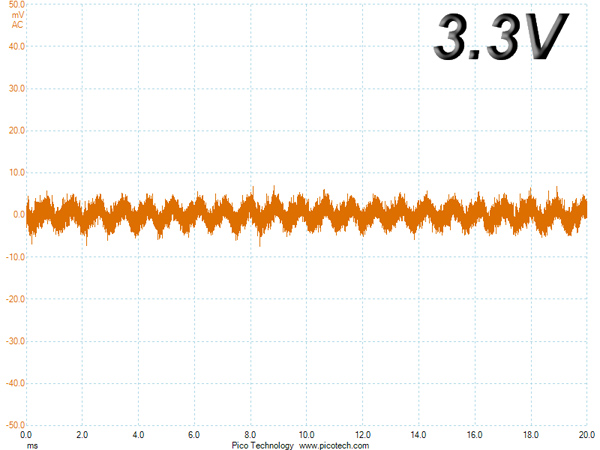
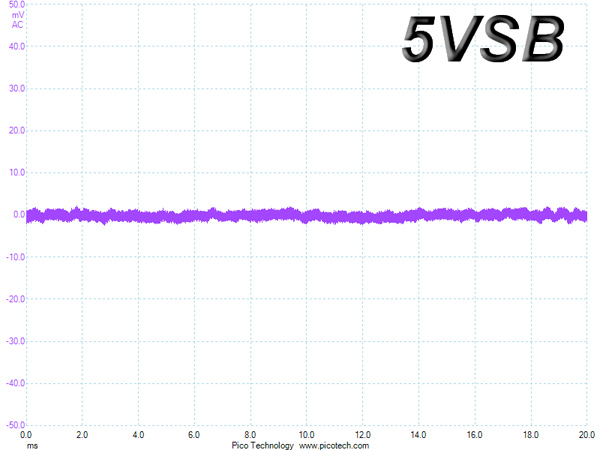
Ripple At Cross-Load 2

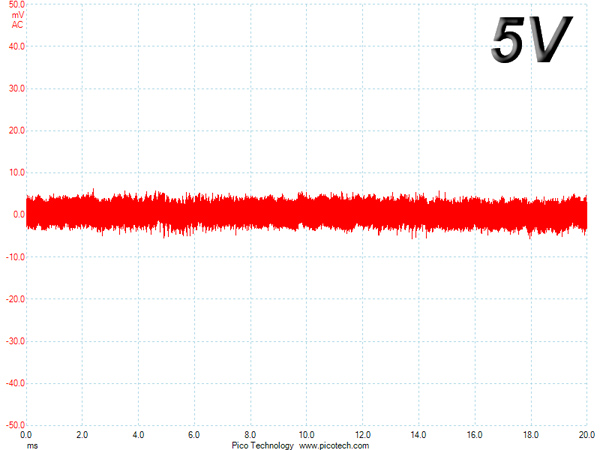


Get Tom's Hardware's best news and in-depth reviews, straight to your inbox.
Current page: Ripple Measurements
Prev Page Transient Response Tests Next Page Performance, Performance Per Dollar, Noise and Efficiency Ratings
Aris Mpitziopoulos is a contributing editor at Tom's Hardware, covering PSUs.
-
Nuckles_56 I couldn't see it mentioned, but could any of the other cables be plugged in where they shouldn't be?Reply -
Giannis Karagiannis But then again with a wire cutter and a little bit of insulating tape everything is possible... :PReply -
Gam3r01 I think TH reviews should take a bit from Jonnyguru or similar and include a point scale at the end. Sure listing the pros and cons with a verdict is enough in most cases, but its up to the reader to decide just how good or bad a unit may be.Reply -
Aris_Mp I agree with you on this, however on page #9 among others you will find a performance graph which can easily play the same role. On top of that it offers comparison data including relevant offerings so a reader can easily figure how the product fares against the competition.Reply -
Gam3r01 While that is included, it dosent give an overall final score. Saying the RMx scored 9% higher is alot different to readers than saying the RMx got a 9.8/10 for ecample.Reply -
SamSerious Point Scales are horrible and i am glad that TH is one of the few remaining sites not to do so. There are already enoguh websites and magazines for people who prefer points, and stars over content.Reply